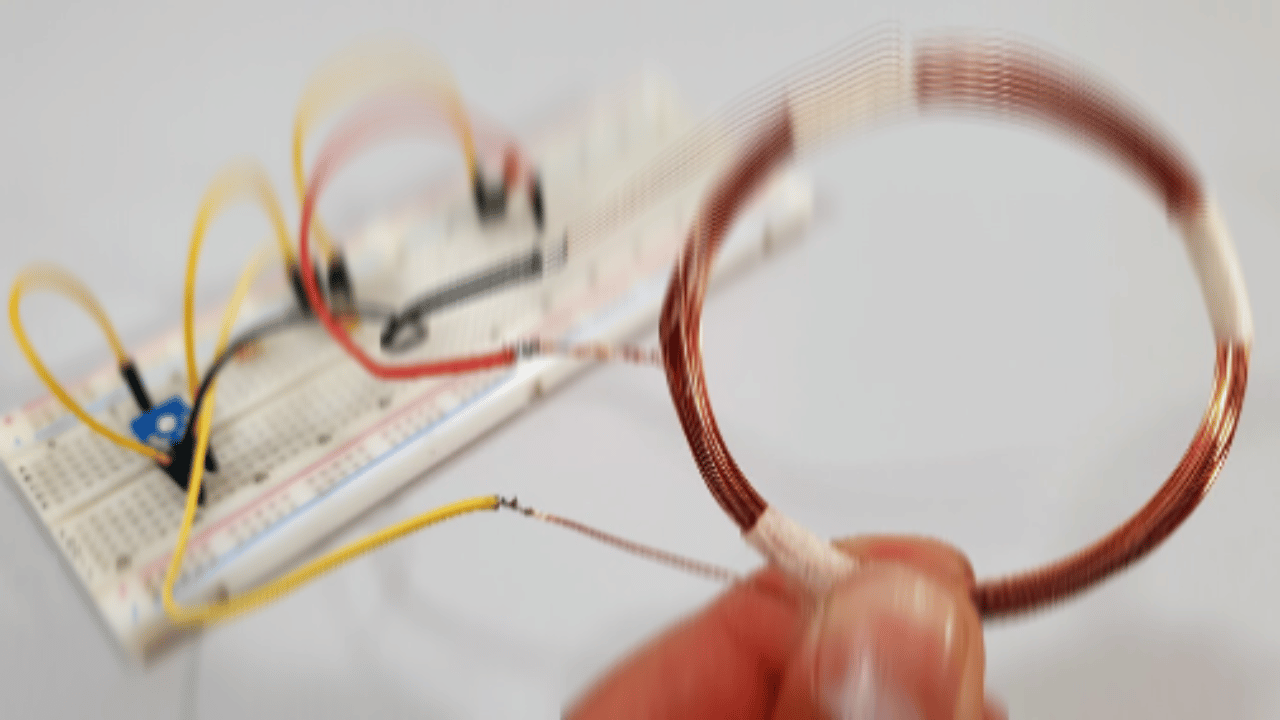
Christmas is coming and the days off. So, if you like electronics and crafts, you can take advantage of your free time by making a device, which before the advent of the Internet was difficult to build: a homemade metal detector
These detectors can be made with scrap materials and electronic components, depending on the case. You just have to do a little research, have the patience to solder components, and you will have a homemade metal detector at your disposal.
You should already know that metal detectors made with a radio and a calculator are not possible. So, find out if you can really make a homemade metal detector, But first let's explain how these devices work.
How do metal detectors work?
All metal detectors have two signals: one generated by a speaker and one produced by a pickup coil. These two signals have a frequency and are the same. When these signals are mixed, an audible sound is produced.
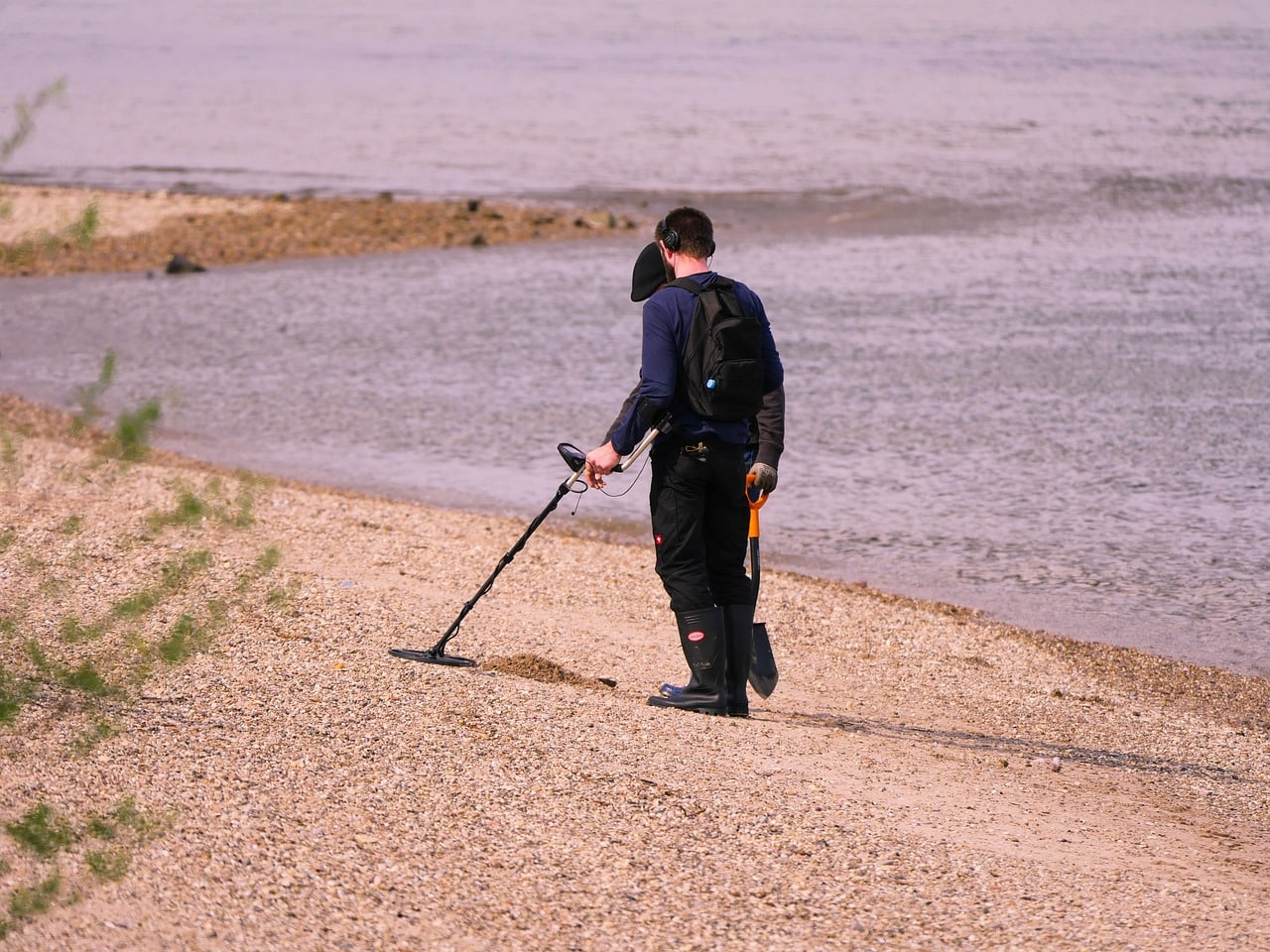
The instant the pickup coil approaches a metal, the frequency of the coil will change. Therefore, the sound received by the speaker will also change, indicating that there is a metal within the electrical field of the winding.
Of course, this phenomenon only occurs with metals such as iron or alloys thereof. However, this is a great project to practice your hobby of electronics.
There are several ways to build a homemade metal detector. It's just a matter of choosing the way that best suits your needs to learn and take advantage of your vacation.
Install a metal detection application on your mobile
This metal detector, although you only have to install it on your mobile, is an opportunity to discover how magnetic fields work. But, hadn't we said that these applications were used to detect metals?

Yes and no. What metal detecting applications really “detect” are magnetic fields. In other words, detection only occurs on magnetized metal objects, as long as they are made of iron or ferric alloys.
The app gives readings in ohms through its interface. This measurement varies according to where you place the mobile. You can even measure the magnetic field present in outlets and switches.
The lowest measurements will be obtained from magnetized objects, while the highest measurements will come from electrical outlets, switches, refrigerators, microwave ovens, etc. You can install any app available on Android and iOS, as they all work in a similar way.
But if you want to test a specific application, We recommend the Smart Tools Metal Detector, since it has one of the best ratings on Google Play.
Make a homemade metal detector from a Kit
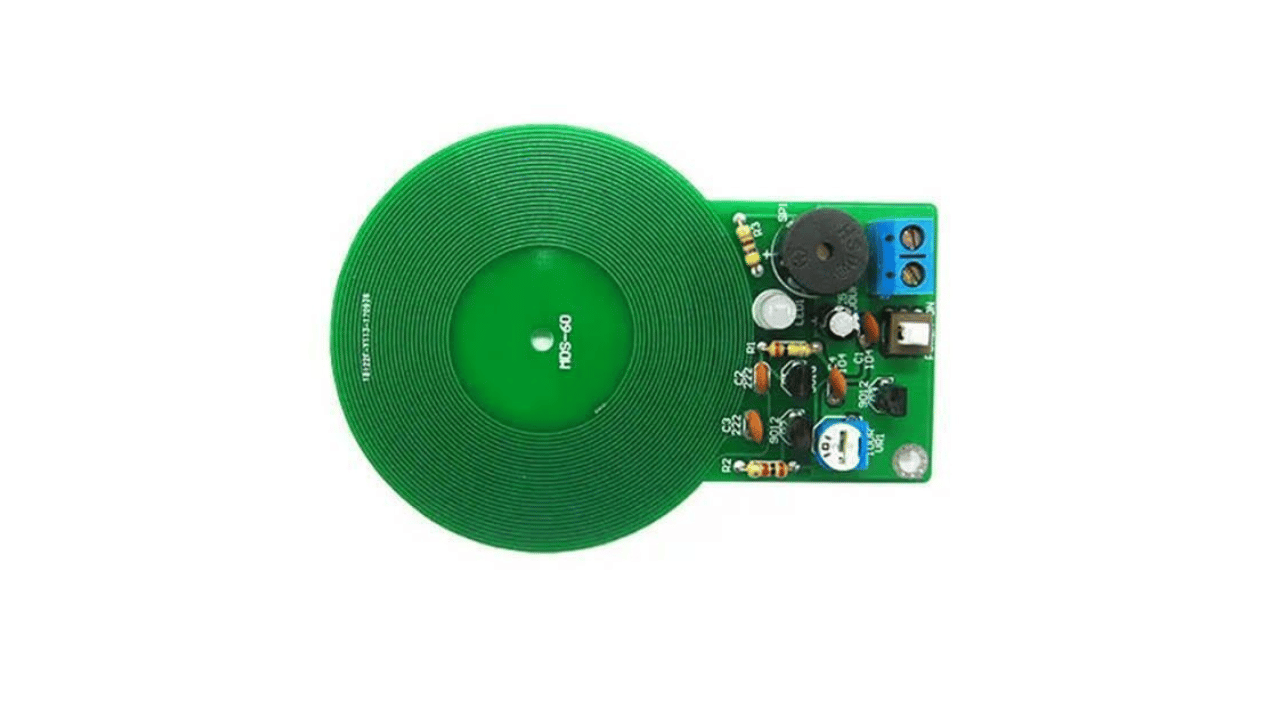
Homemade metal detector kits allow you to build a device with minimal fuss. You can find these kits in electronic portals or virtual stores.
In addition, come with the necessary components to make a fail-safe metal detector. For example, most kits include a winding and shaft, while others will only have a control panel.
When you buy the kit, choose the one that is most suitable for you. Remember that, to build them successfully, you must follow the instructions on the packaging
Of course, if you buy the basic kit with the control box, you will have to make the shaft and the coil. The control box will require components (condensers, capacitors, transistors, among others). If you don't know electronics, you can ask someone with experience for help.
If you have electronic knowledge, congratulations! You will need a gun or iron to solder each of the components. Once you have assembled your homemade metal detector, you should test it to see if it works properly.
Place some metal objects on the ground and pay attention to the sound the detector emits when you bring it closer to them. In case the coil detects the objects, you can use this device to expose it in a science project or play a treasure hunt.
Crafting a metal detector with scrap materials
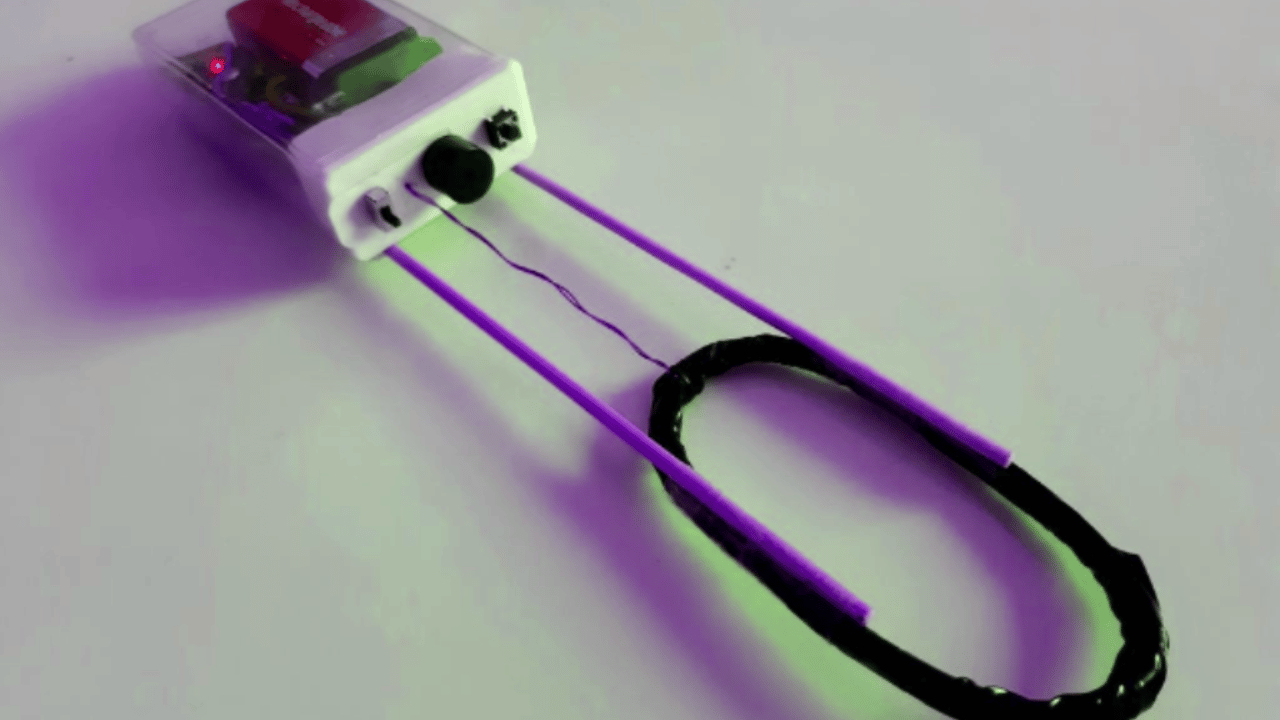
But what if you want to build a metal detector out of scrap materials? To do this, it gathers the necessary components to assemble a pcb board, such as capacitors, resistors, transistors, etc.. These you can get from a computer motherboard.
We recommend building a simple plaque, as this will be enough to get your homemade metal detector going. On the Internet, you will find motherboard prototypes and some tips for building it.
You will also require an am radio with an antenna, which will emit the signal that will be mixed with the winding signal. To assemble the coil, you will need some leftover copper wire from a transformer and a support to help you make the winding turns.
Then, you should make a Faraday cage by wrapping aluminum foil around the coil. Leave both ends of the winding wire loose. Then, cover the coil with electrical tape.
You can glue the coil to a used Tupperware lid that is roughly the same size as the winding. Solder one end of the coil to the pcb and solder the other to a battery powered regulator (a lawn mower shaft will do).
Turn on the am radio and tune it to the highest frequency. Extend the antenna as far as the radio will give. Attach the radio to the detector shaft with zip ties so that the antenna is pointing in the direction of the coil.
Turn on the detector to test it, just like the detector in the kit. Put some metal objects on the ground and listen carefully to the sound that the detector emits when you bring it close to them. And ready!
Can you make a metal detector with a radio and a calculator?

You may have wanted to build a homemade metal detector with an am radio and a calculator. And why couldn't it be done, if there are many tutorials that explain how to make it?
Spoiler alert: it's not possible to do it. And it is that this idea arises from an episode of "George, the Curious" where they build a metal detector with a radio and a calculator. And it works, but only in the cartoon.
The idea of building such a device may seem tempting, since everyone has a calculator and an am radio at home. However, if you follow the instructions for building such a metal detector, the result may be disappointing.
You can test the construction of the apparatus as follows: turn on an am radio and deploy the antenna it comes with (if you have one). Then, tune the radio to the highest value of the frequency until you hear static.
Next, turn on the calculator and secure it to the am radio with duct tape or zip ties. You can glue both gadgets to a broomstick to act as a hub. Finally, bring the device closer to an iron object, for example, a screw.
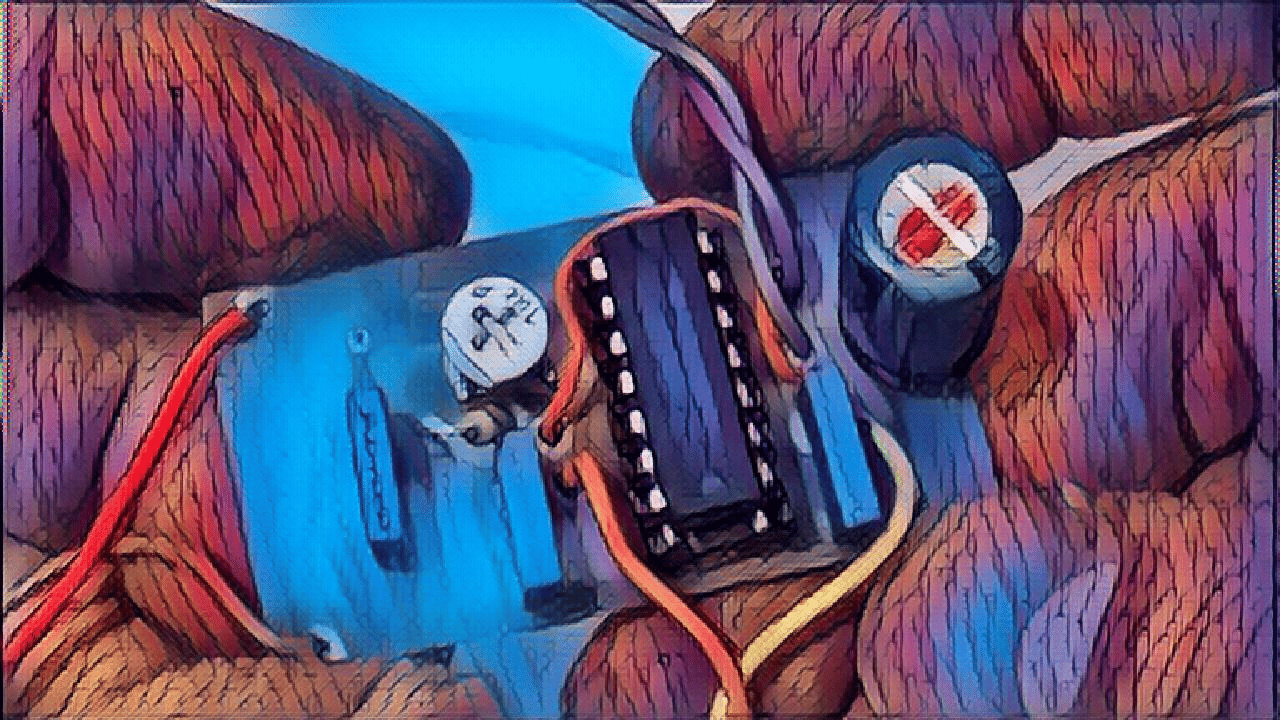
Without a doubt, the "metal detector" will emit a sound whether you move the device closer to the screw or move it away. This of course shows you that the experiment does not work.
Although the radio and the calculator are made up of electronic circuits, this does not guarantee that you will be able to build a metal detector with them. This, taking into account that both devices are not really connected to each other.
Do you want to build a homemade metal detector?
Doing experiments at home is always interesting if you like to satisfy your scientific curiosity. And trying to make homemade metal detectors allows you to get started in the world of electronics, or deepen the knowledge you have.
If you do not want to limit yourself to installing an application on your mobile to detect metals, Try any of the methods that we propose here. Who knows if with this activity you will learn to repair the appliances you have at home, thereby saving you some money.